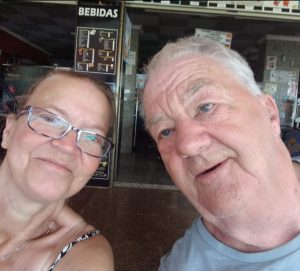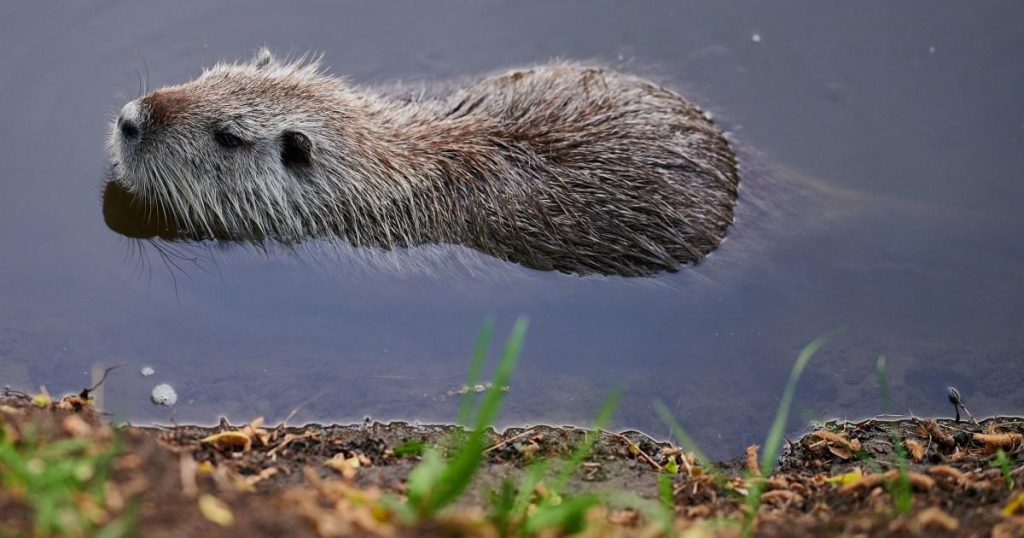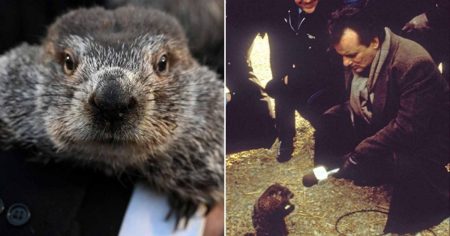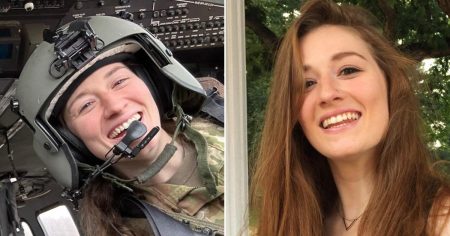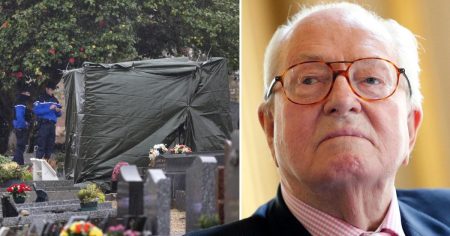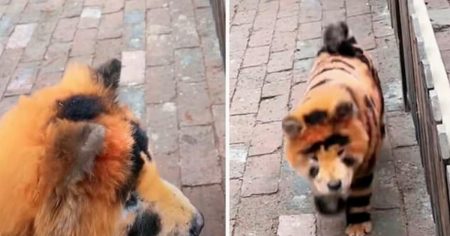Prague, a city renowned for its stunning architecture, rich history, and vibrant culture, has an unexpected attraction that’s capturing the attention of tourists: nutrias. These large, semi-aquatic rodents, native to South America, have made the Vltava River their home, often mistaken for beavers or even giant rats by unsuspecting visitors. Their presence has sparked a mixture of curiosity, amusement, and sometimes, fear, adding a unique dimension to the Prague experience. Social media platforms like TikTok showcase tourists interacting with these creatures, petting them under the mistaken belief they are benign beavers, while others maintain a cautious distance, wary of their size and potential to carry disease.
The nutria, also known as coypu, are easily recognizable with their distinctive orange front teeth and long, rat-like tails. They can grow to a considerable size, weighing up to nine kilograms and measuring over half a meter in length. Their presence in Prague is a testament to their adaptability, having spread across Europe since their introduction in the 19th century for their fur and meat. One location in Prague, aptly nicknamed “Nutria Beach” on Google Maps, has become a particular hotspot for these creatures, drawing in curious tourists and locals alike. Reviews on the platform highlight the mixed reactions, ranging from delight at the opportunity to interact with these unusual animals to concern about their close proximity to humans.
The proliferation of nutrias in Prague and across Europe has raised some concerns. While generally considered harmless in their native South America, their presence in urban environments presents potential health risks. Living in close proximity to rats, nutrias can carry and transmit diseases. Their bites, due to their prominent teeth, can also be deep and cause significant injury. Authorities in some European countries, including Poland, have issued warnings against close contact with nutrias. The potential for disease transmission and the risk of bites underscores the importance of observing these animals from a safe distance and refraining from any physical interaction.
The confusion surrounding the identity of nutrias adds another layer to their story in Prague. Tourists often misidentify them as beavers, otters, or even large, water-dwelling rats. This confusion is reflected in online reviews and social media posts, where individuals share their experiences of feeding and interacting with these creatures, often under the incorrect assumption of their species. One Google Maps review, for example, recounts a family spending hours watching what they believed to be otters, even recommending bringing vegetables to feed them. Such anecdotes highlight the need for greater awareness and education regarding these animals and the potential risks associated with interacting with them.
The presence of nutrias in Prague has become somewhat of a local phenomenon, with even elderly residents observed bringing food for these animals. However, this practice inadvertently creates a potentially dangerous situation, as rats are often attracted to the same food sources, leading to a close interaction between the two species. This close proximity increases the risk of disease transmission, highlighting the unintended consequences of feeding wildlife in urban environments. Expert Václav Nejman from the Forests of the Capital City has warned about this dangerous symbiosis, pointing out that well-meaning individuals often unknowingly feed both nutrias and rats simultaneously.
The story of nutrias in Prague is a complex one, reflecting the intersection of human curiosity, wildlife adaptation, and the challenges of coexisting with non-native species in urban environments. While their presence adds an unusual dimension to the city’s attractions, it also underscores the importance of responsible wildlife interaction and the need for public awareness regarding the potential risks involved. The anecdotal evidence from tourists, the warnings from experts, and the online documentation of these interactions paint a multifaceted picture of these South American rodents thriving in the heart of Europe, prompting both fascination and concern. Ultimately, the nutria’s presence in Prague serves as a reminder of the interconnectedness of ecosystems and the responsibility humans bear in managing their interactions with the natural world.


